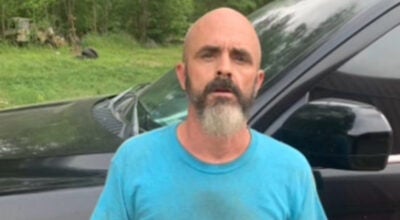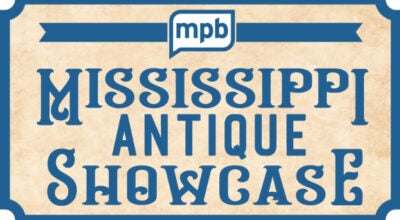Questions still remain regarding former hospital’s PERS accounts
Published 12:04 am Sunday, March 29, 2015

When the Mississippi Department of Health Facilities Licensure and Certification give their approval, Natchez Regional Medical Center plans to renovate 34,000 square feet of the existing facility. (Ben Hillyer / The Natchez Democrat)
Officials say the collections for the Natchez Regional Medical Center bankruptcy settlement are holding steady, but the question of what will happen with former employees’ retirement accounts is still unanswered.
The formerly county-owned hospital filed for bankruptcy protection March 26, 2014, after operating in a deficit of millions of dollars.
The case was settled in October when the hospital was sold to Community Health Systems for $10 million. An arrangement for the company to pre-pay $8 million in taxes was necessary to cover the hospital’s debts, and by the time the case was closed, Adams County had to take out a $3 million loan to cover closing costs.
Approximately $4 million of the proceeds had to be placed in an escrow account for two years in case Medicaid and Medicare audits result in the clawback of funds previously remitted to the hospital.
One of the notable unsecured creditors in the filing was the Mississippi Public Employee Retirement System.
While employees continued to make contributions toward PERS, from November 2014 until the bankruptcy filing the hospital did not remit the employer portion of the payments. Under the PERS system, employers make a 15-percent match to employee contributions.
PERS officials said at the time such a situation was unprecedented, but that the employee payments could not be posted without the employer portion.
Ken Lefoldt, the certified public accountant appointed as the hospital’s liquidating trustee by the federal bankruptcy court, said he remitted the employer portion of PERS payments for the post-petition period, but the state system has told him they can’t post it because the pre-petition funds still haven’t been paid.
Scott Slover, attorney for the county board of supervisors, said the goal is to get PERS paid off without adding to the burden of the county’s taxpayers, and he has contacted PERS about the matter. The retirement system’s position is based in part on an attorney general’s opinion, he said.
“PERS is a unsecured creditor like the rest of them, so they are in the waterfall,” he said, referring to the accounting term for the repayment plan that prioritizes creditors.
“There are a couple of priority claims of people who were on the fringe of retiring but for the time that is in limbo.”
Lefoldt said it might be possible for the county to cover the missing ground now and get paid back if and when the escrow money comes available. Slover said such possibilities have been mentioned but not brought up as a topic of discussion before the board of supervisors.
Supervisors President Darryl Grennell said he thinks the employees impacted should be taken care of.
“They should not be penalized,” Grennell said. “If the county needs to step up to the plate and do it, we need to do it.”
PERS Executive Director Pat Robertson said Friday the system is waiting for the case to reach resolution and to see if Adams County plans to take any action.
A year after the initial filing, between $2.5 and $3 million —including the hospital’s accounts receivables — have been collected, Lefoldt said.
The court settlement projected approximately $4.1 million in accounts receivable.
“We are a little behind on collections,” Lefoldt said. “The projections weren’t as high as we thought.”
Approximately $1 million in so-called meaningful use money is due to be received, and Lefoldt said Community Health Systems has indicated to him it will turn over a total of $700,000 in disproportionate share hospital (DSH) payments owed the former hospital ownership.
Medicaid and Medicare offer meaningful use payments to hospitals that make certain upgrades, including to electronic records, something the hospital had done prior to its bankruptcy. DSH payments are based on a federal formula for hospitals that treat a high number of indigent patients.
Since taking over operations at the hospital, Community Health Systems has collected accounts receivable for Adams County for a 6 percent fee.
Because Adams County served as a late-stage financer of the bankruptcy process, the settlement allows for it to recoup some — if not all — of the funding it puts in.
Under the settlement, as the accounts receivable and the escrow account become available, the first $1 million of the funds will be directed to Adams County, the second $1 million will be directed to the hospital’s unsecured creditors and everything that follows would be split.
“CHS has improved the billing, so we are seeing more billing (for the hospital’s final months of operations) getting out there, as well as the medical foundation,” Slover said.
“The accounts receivable that have come certainly was enough (so) it will not put the county in some kind of major bind.”





